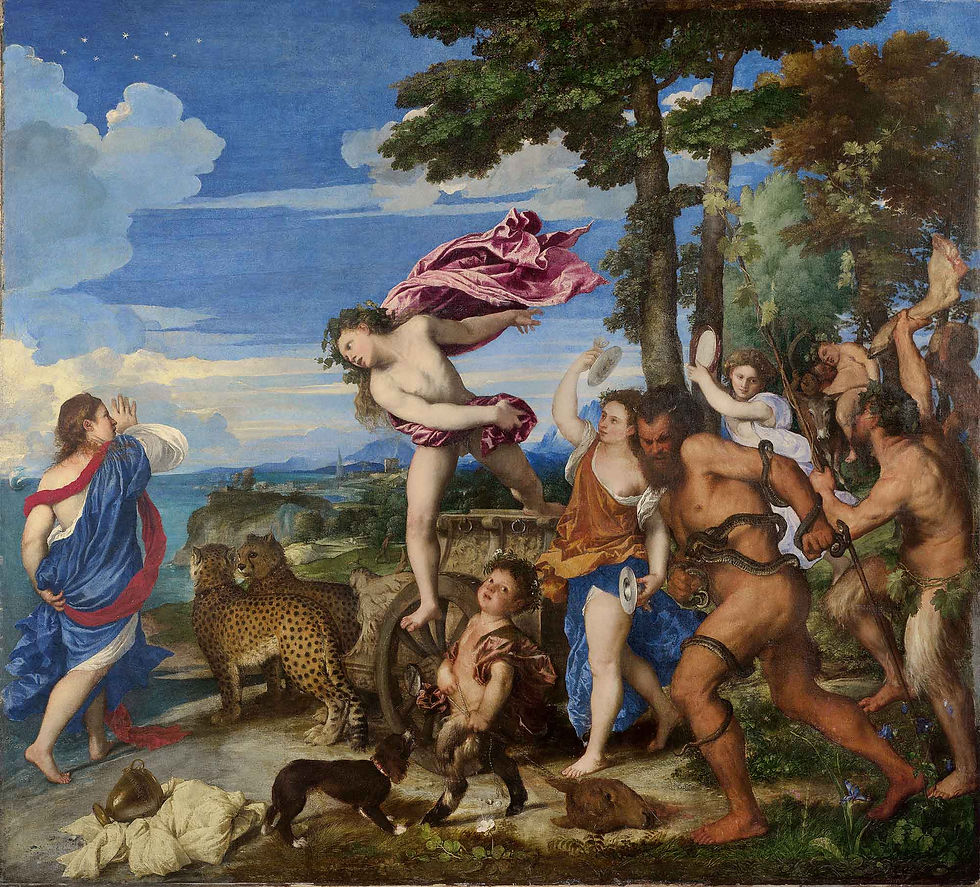Digital room visualization - example only | Digitale Raumvisualisierung - Beispielabbildung


Francisco José de Goya y Lucientes (* 30 March 1746 in Fuendetodos, Aragón, Spain; † 16 April 1828 in Bordeaux) was a Spanish painter and graphic artist of the late 18th and early 19th centuries.
His work includes easel paintings, murals, prints, and drawings. He introduced several style breaks that ushered Romanticism and heralded the beginning of contemporary painting. Goyesque art is considered the precursor of the visual avant-garde of the 20th century.
After a slow apprenticeship in his homeland, characterized by late Baroque style and pious images, he traveled to Italy in 1770, where, in parallel, he came into contact with neoclassicism, which he adopted when he moved to Madrid in the middle of the decade, a Rococo style associated with his work as a tapestry designer for the royal Santa Barbara manufactory. His apprenticeship, both in these activities and as a chamber painter, he received from Raphaël Mengs, while the most famous Spanish painter was Francisco Bayeu, Goya's brother-in-law.
In 1793 he fell ill with a serious illness that brought him closer to more creative and original paintings, the subjects of which were less consensual than the models he had painted for decorating royal palaces. A series of pewter paintings, which he called "whimsy and invention", ushered in the painter's maturity phase and the transition to romantic aesthetics.
His work also reflects the whims of history of his time, particularly the upheavals of the Napoleonic Wars in Spain. The printed series Los desastres de la guerra is almost a modern account of the atrocities committed and emphasizes a heroism in which the victims are individuals who do not belong to a certain class or a certain condition.
The fame of his work La maya desnuda is partly related to controversies over the identity of the beautiful woman who served as his model. At the beginning of the 19th century he began to paint other portraits, paving the way for a new bourgeois art. At the end of the Franco-Spanish conflict, on the uprising of May 2, 1808, he painted two large canvases that set both an aesthetic and a thematic precedent for historical paintings, not only informing about the painter's events, but also launching a message of the universal humanism.
His masterpiece is the series of oil paintings on dry walls that adorn his country house, the so-called Pinturas negras. With them, Goya anticipates contemporary painting and various avant-garde movements of the 20th century.
The Third of May 1808, Execution of the Defenders of Madrid
More from This Artist...
_XCF273110.jpg)
World of Art
Bacchus and Ariadne
31
Art ID:
1522-1523
|
176,5 x 191,0 cm
Oil on canvas
80000000
$
Tiziano
Vecellio Titian

World of Art
The Venus of Urbino
32
Art ID:
1534
|
119,0 x 165,0 cm
Oil on canvas
120000000
$
Tiziano
Vecellio Titian

World of Art
Portrait of Alfonso d‘Avalos, Marquis of Vasto, in Armor with a Page
33
Art ID:
1533
|
110,0 x 80,0 cm
Oil on canvas
100000000
$
Tiziano
Vecellio Titian

World of Art
Diana and Actaeon
34
Art ID:
1556-1559
|
178,8 x 202,2 cm
Oil on canvas
85800000
$
Tiziano
Vecellio Titian
Discover other Artist's Art of The Same Style...

A Call to the World's Finest Female Artists: Join us!
Discover what makes our vibrant community unique – from nurturing creative talents to forging strong connections. Leverage our commission-free sales platform to keep the full sales price of your artworks, expand your network through our global partnerships with museums and galleries, and enhance your visibility with our comprehensive marketing and community engagement initiatives.


Explore Further Unique Fine Art
Filter now for more than 1.000 artists worldwide!
Discover thousands of artworks to choose from!






















